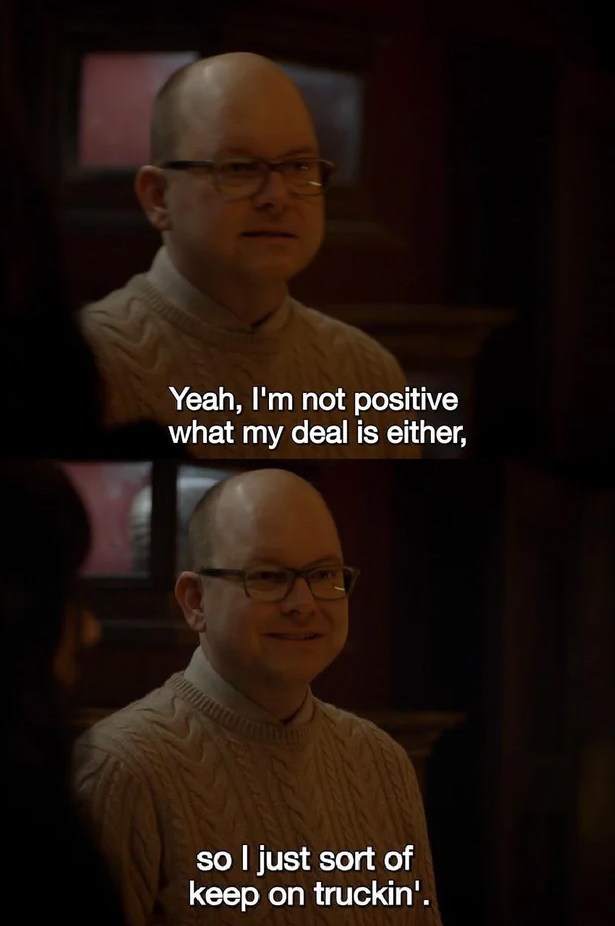
Metaverse, multiverse… aren’t they the same thing? Well, not quite. The difference lies between where we are now and where we may be going, but there’s a twist.
TechCrunch states that we’re currently in the multiverse era of technology, where “the virtual worlds of games expand to become mainstream hubs for social interaction and entertainment.”
Social media platforms, online games, and massive multiplayer online games are all part of the multiverse.
NAVIGATING THE METAVERSE:
The metaverse may be a wild frontier, but here at NAB Amplify we’ve got you covered! Hand-selected from our archives, here are some of the essential insights you’ll need to expand your knowledge base and confidently explore the new horizons ahead:
- What Is the Metaverse and Why Should You Care?
- Avatar to Web3: An A-Z Compendium of the Metaverse
- The Metaverse is Coming To Get You. Is That a Bad Thing?
- Don’t Expect the Metaverse to Happen Overnight
- A Framework for the Metaverse from Hardware to Hollywood and Everything in Between

“The virtual worlds of multiplayer games — still accessed from phones, tablets, PCs and consoles — are our stepping stones during this next phase,” TechCrunch’s Eric Peckham says. “Multiverse virtual worlds will come to function almost like new countries in our society, countries that exist in cyberspace rather than physical locations but have complex economic and political systems that interact with the physical world.”
The metaverse on the other hand is a shared, persistent digital environment where users can work, play sports, go to concerts, watch movies, shop, or just hang out.
READ MORE: A multiverse, not the metaverse (TechCrunch)
“Tech companies from Microsoft to Meta to Epic Games are putting the technology together to build the metaverse, but we likely won’t see it for another decade or so,” says futurist Bernard Marr.
“The technology will likely combine aspects of social media, cryptocurrencies, AR, VR and online gaming so users can act and interact virtually.”
The entire metaverse will be interconnected or ordered into one universe to provide the best possible experience for users who want to move through the virtual world via their avatar.
So, what’s the difference?
According to Marr, the metaverse is the conceptual idea that one day we will have an entirely connected virtual world that enables users to seamlessly move from one part (e.g., gaming) to another (e.g., dating, shopping, working, or anything else).
WATCH THIS: A Brief History of the Multiverse
Welsh astrophysicist Geraint F. Lewis, co-writer of Where Did the Universe Come From? And Other Cosmic Questions, explains the multiverse theory, including its origins and milestone developments, as well as what might come next.
“There are new universes born beyond our cosmic horizon,” he says. “Multiverse theories have proliferated, hoping to answer the deepest questions about what we, and the entire cosmos is.”
The hour-long video is separated into five parts: How Big is the Universe?, The Bubble Multiverse, The Cyclical Multiverse, Branes in the Bulk, and Many Worlds.
By thoroughly examining the history of the multiverse and what we know about it today, Lewis makes a complex topic easier to understand:
“The multiverse is more disconnected, where individual digital ecosystems exist, but they don’t offer people the ability to seamlessly move between them or have a unified user experience.”
READ MORE: Metaverse vs. Multiverse – What’s the Difference? (Bernard Marr)
This is where we are today, where you can have a virtual work environment, gaming environments like Fortnite or Roblox, and social environments Meta’s Horizon, but they don’t connect.
A unified metaverse as projected in fiction like Ready Player One is a long way off. Marr thinks it unlikely it will ever happen. Instead, he predicts a world of multiple environments that could be described as metaverses but that might be competing with each other.
“I would describe this as a multi-metaverse world, where companies like Meta might build one metaverse, and others like Tencent build another.”




